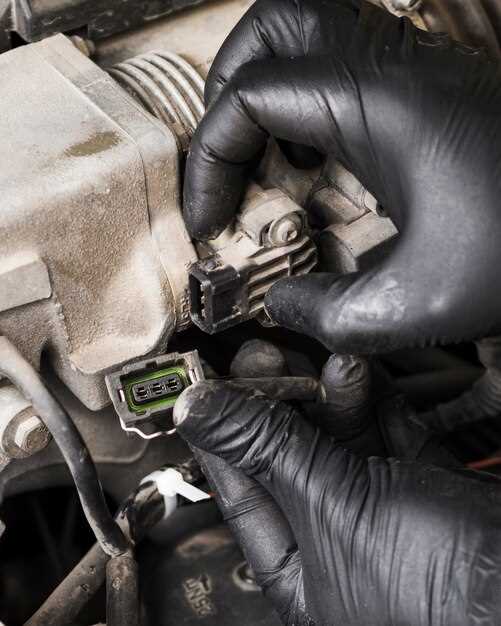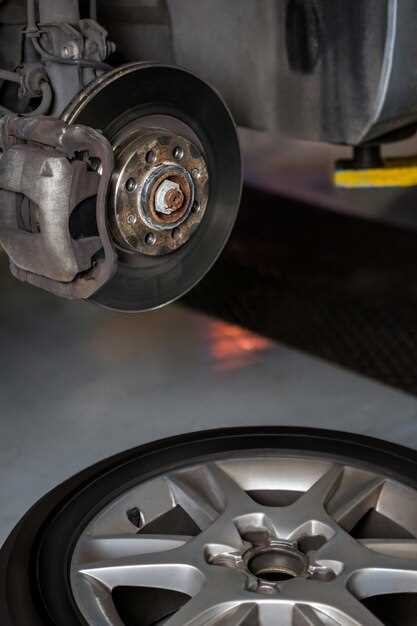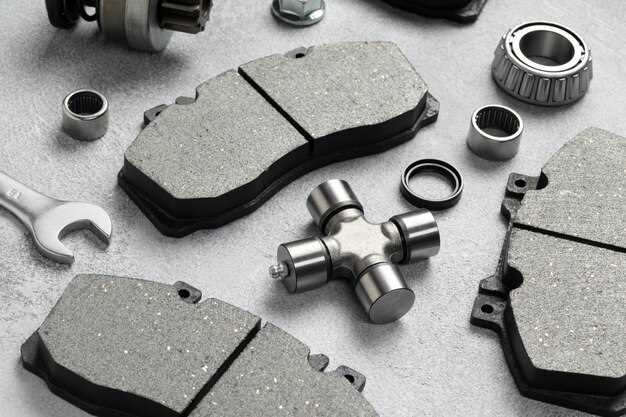
When it comes to high-performance driving, the importance of superior braking cannot be overstated. The right brake pads play a crucial role in ensuring not just effective stopping power, but also safety and control, especially under demanding conditions. This article delves into the best brake pads specifically designed for enthusiasts who push their vehicles to the limits on the track or during spirited drives on winding roads.
Performance brake pads differ significantly from standard ones, particularly in their ability to withstand higher temperatures and provide consistent performance under pressure. Understanding the characteristics of different materials and designs is essential for drivers seeking the ultimate in braking performance. From advanced ceramic compounds to high-friction metallic pads, the choices available can make a substantial difference in both feel and reliability.
In this guide, we will explore various options available on the market, highlighting the unique features, benefits, and potential drawbacks of each. Whether you are a weekend racer, a track-day enthusiast, or simply looking to enhance your vehicle’s performance, selecting the right brake pads is a key step in optimizing your driving experience. Join us as we break down the top products that can elevate your high-performance driving to new heights.
Choosing the Right Material for Track Use

When selecting brake pads for track use, material choice is critical to performance and safety. The primary materials used in high-performance brake pads are metallic, ceramic, and organic compounds, each offering distinct advantages and disadvantages.
Metallic brake pads, often made from a blend of metal fibers, provide superior heat dissipation and exceptional stopping power, making them ideal for the demands of track driving. They excel in high-temperature conditions, maintaining consistent performance and reducing brake fade. However, they may produce more noise and generate greater rotor wear compared to other materials.
Ceramic pads, known for their quieter operation and reduced dust production, strike a balance between performance and daily driveability. They offer good initial bite and are less abrasive on rotors, but may not withstand the extreme conditions of high-speed racing as effectively as metallic pads. It’s essential to assess the specific track conditions when considering ceramics for motorsport use.
Organic brake pads, or low-metallic pads, provide a softer composition that enhances initial bite and modulation. While they may be more suitable for street applications and light-duty track use, they tend to wear out faster and can suffer from heat fade under rigorous conditions, making them less desirable for serious track enthusiasts.
Ultimately, choosing the right material involves analyzing driving style, vehicle setup, and track conditions. For dedicated track use, metallic pads are often the preferred choice for their performance characteristics, while a balanced approach with ceramics may serve dual-purpose applications. Always prioritize compatibility with your vehicle and ensure thorough testing to maximize performance on the track.
Understanding the Importance of Heat Resistance

Heat resistance is a critical factor in the performance of brake pads, especially under high-performance driving conditions. When braking, kinetic energy is converted into thermal energy, leading to an increase in temperature. If brake pads do not effectively dissipate this heat, they can experience reduced performance, leading to brake fade, increased wear, and potential failure.
Brake Fade occurs when the brake pads become too hot, causing a decrease in their frictional capability. This is particularly dangerous in high-performance settings where precise stopping power is essential. High-quality brake pads are designed to withstand elevated temperatures, allowing drivers to maintain optimal performance without compromising safety.
In addition to brake fade, excessive heat can lead to material degradation. Components of the brake pad, including the friction material and bonding agents, may begin to break down at high temperatures. This degradation can result in uneven wear, reduced lifespan, and ultimately necessitate premature replacement of the pads.
High-performance brake pads are typically constructed from advanced materials that offer superior thermal stability. These materials are engineered to endure extreme temperatures without losing structural integrity or performance characteristics. For instance, ceramic and carbon-composite brake pads are popular for their ability to manage heat effectively while providing consistent stopping power.
Another important aspect to consider is the thermal conductivity of brake pads. Pads with higher thermal conductivity can transfer heat away from the braking surface more efficiently, helping to maintain a cooler operating temperature. This not only enhances performance but also reduces strain on other braking components, such as rotors and calipers.
In conclusion, understanding heat resistance is vital for choosing the right brake pads for high-performance driving. The ability to withstand high temperatures ensures consistent braking performance, longevity of components, and ultimately, the safety and efficiency of the vehicle. When selecting brake pads, always consider their heat resistance properties to maximize your driving experience.
Installation Tips for Optimal Performance
Installing high-performance brake pads requires careful attention to detail to ensure optimal performance. Follow these tips for a successful installation:
1. Clean the Brake Components: Before installing new brake pads, thoroughly clean the brake calipers, rotors, and any other components. This helps remove dust, debris, and grease that can affect braking performance.
2. Inspect Rotors: Check your brake rotors for signs of wear or damage. If they are warped or significantly worn, consider resurfacing or replacing them to maintain even contact with the new brake pads.
3. Use High-Quality Brake Fluid: Ensure that your brake fluid is of high quality and change it if necessary. Contaminated or old brake fluid can reduce braking efficiency.
4. Apply Pad Grease: Use a suitable brake pad grease on the backing plates of the pads. This helps to reduce noise and prevent vibrations. Make sure to avoid applying grease to the friction surface.
5. Ensure Proper Torque on Caliper Bolts: When reassembling calipers, tighten the caliper bolts to the manufacturer’s specified torque. This ensures that the calipers are firmly held in place, promoting even pad wear and effective braking.
6. Bed in the Brake Pads: Proper bedding of new brake pads is essential. Follow the manufacturer’s bedding instructions to establish an even surface between the pads and rotors. This typically involves a series of controlled stops from various speeds to transfer material from the pads to the rotors.
7. Check Alignment and Position: Make sure that the brake pads are correctly aligned within the caliper. Misalignment can cause uneven wear and reduced performance.
8. Monitor Performance: After installation, pay attention to any changes in braking performance. If you notice unusual noises or reduced responsiveness, recheck the installation to ensure everything is secure and properly adjusted.
By following these installation tips, you can maximize the performance and lifespan of your high-performance brake pads, ensuring dependable stopping power during spirited driving.


